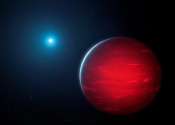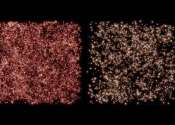First radio-astronomy cryogenic receivers with all-metal 3D-printed RF components
The NAOJ ALMA Project and Advanced Technology Center have successfully fabricated corrugated all-metal 3D-printed horns for the ALMA Band 1 receivers (Radio Frequency: 35–50 GHz).









